RAJSHAHI, MAY 25 (V7N) – Despite an extensive 488.59-kilometer drainage system designed to protect the 97-square-kilometer Rajshahi metropolis from waterlogging, city residents are expressing significant concerns as even minimal rainfall leads to widespread inundation. With the monsoon season fast approaching, questions are mounting regarding the Rajshahi City Corporation's (RCC) capacity, planning, and management in tackling this persistent issue.
According to the RCC, the city boasts 12.65 km of primary drains, 81.32 km of secondary drains, and 394.62 km of tertiary drains, constructed at a cost of crores of Taka. However, the recurring sight of water accumulation after light rain has sparked public frustration.
Data from the Rajshahi Meteorological Office reveals that the city experienced 170.5 millimeters of rainfall over eight days in May this year, within a total of 138.2 millimeters from March to May 20. Notably, a mere 84 millimeters of rain was sufficient to submerge the entire city.
Experts point to significant flaws in the existing drainage system. If normal rains can bring the city to a standstill, the implications for the upcoming monsoon are dire. Low-lying areas such as Sahebbazar, Koyerdara, Daspukur, Upashahar, C&B intersection, Baliapukur, and Medical College areas consistently face flooding, disrupting traffic and, in some instances, forcing water into homes.
Rahmat Ali, a local grocery shopkeeper, lamented, "When the rain starts, the shops are closed. Knee-deep water accumulates in front of the shops, and customers don't come. If it stays like this for two days, it becomes difficult to run a household." School student Fatema Akter shared her daily struggle: "On rainy days, everything is filled with water. Sometimes I fall in the mud, sometimes my sandals come off. After that, I don't feel like going to class." Rickshaw puller Alal Sheikh expressed fear while driving, "You can't tell where the wheel gets stuck. Passengers don't want to get in the rickshaw either. Income stops." Mamun Hossain, a businessman at C&B intersection, highlighted a lack of drainage in front of his shop, leading to accumulated water, mud, and odor, forcing him to close early despite repeated complaints.
The waterlogging in Rajshahi city is no longer just a matter of stagnant water; it profoundly impacts the city's economy, public health, and lifestyle. A permanent solution, according to observers, necessitates timely planning, heightened public awareness, regular drain cleaning, and effective nature conservation efforts.
Acting Chief Engineer of RSIC, Ahmed Al Moin, attributed the problem to public behavior, stating, "People throw heavy garbage, bricks, sand, and polythene into the drain. This blocks the drain. We are cleaning it regularly. But if people are not aware, no plan will work." He added that an awareness campaign is underway, stressing that preventing waterlogging would be challenging without a change in public habits.
However, experts also identify deficiencies in the planning itself. Dr. Md. Abdul Wakil, an urban planner and professor at RUET, asserted that according to Rajshahi city's drainage plan, waterlogging should not occur. He highlighted that the main route for water drainage is the Baronai River and questioned whether the water flow is being properly maintained. Additionally, he noted that road water being obstructed from entering drains is a major issue, as is the filling of natural ponds and reservoirs that once collected water, which now prolongs drainage time. Dr. Wakil concluded that while the drain network may be in order, "the management and maintenance are weak. If these problems are not solved, it is impossible to solve the waterlogging."
END/RAR/RH/



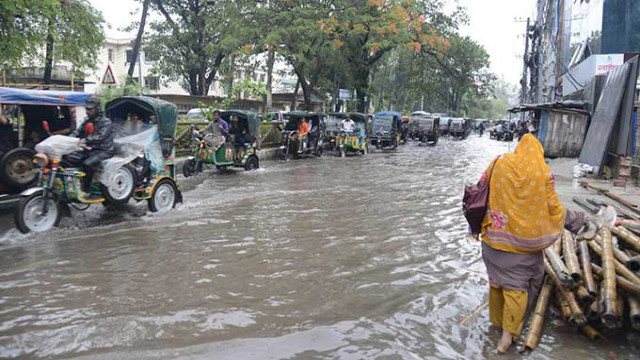
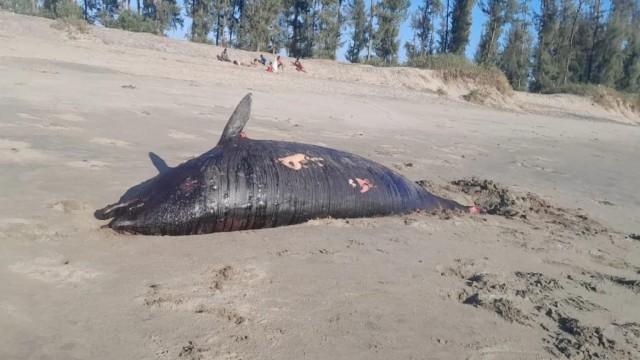
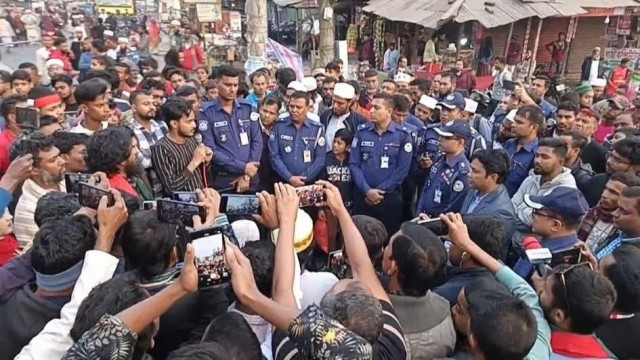
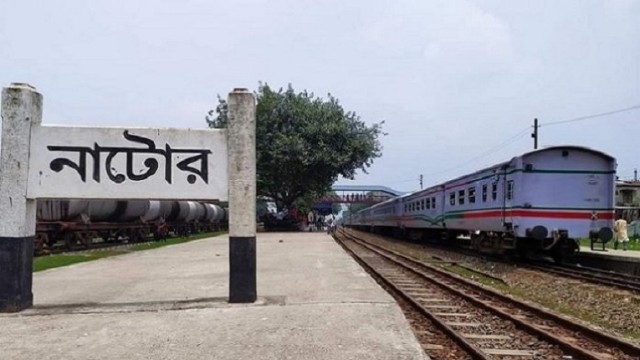
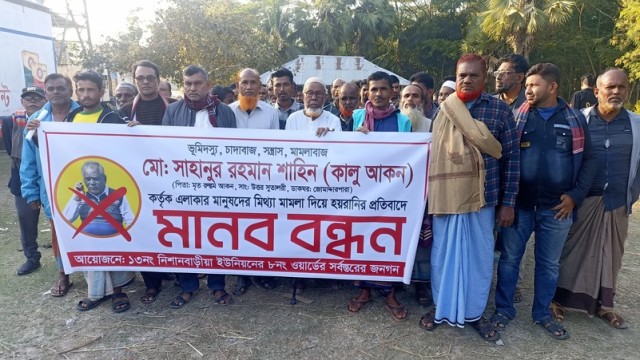
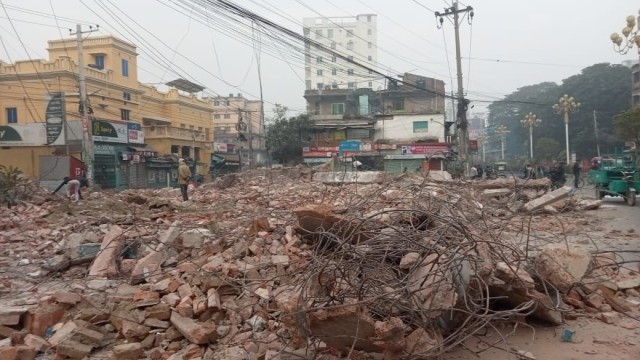
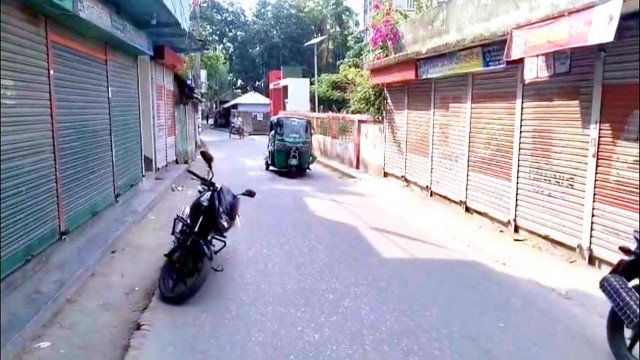
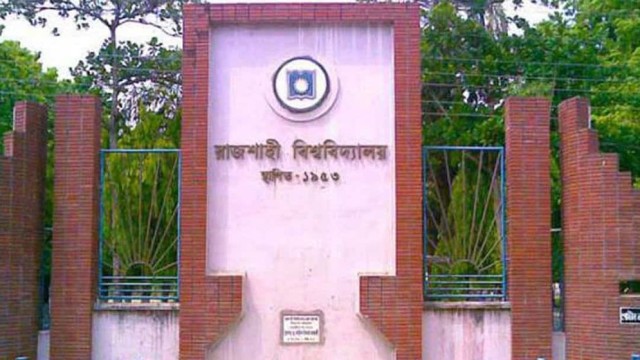
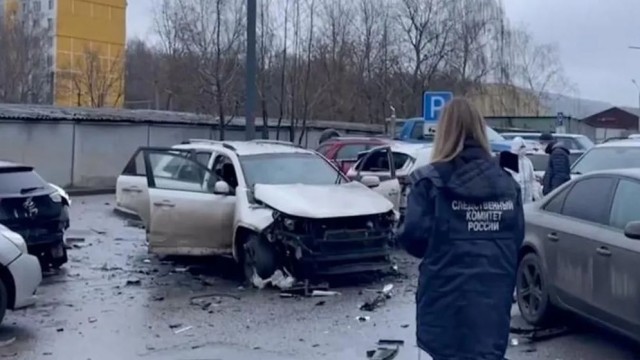
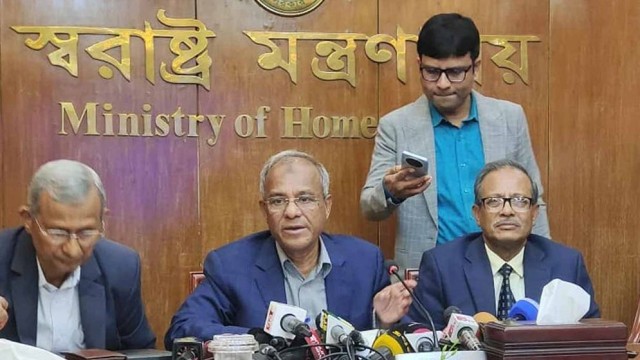

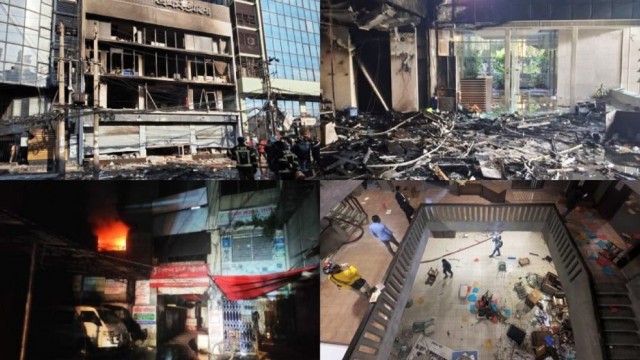
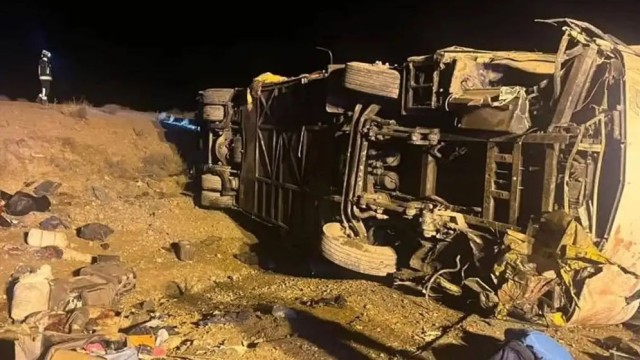
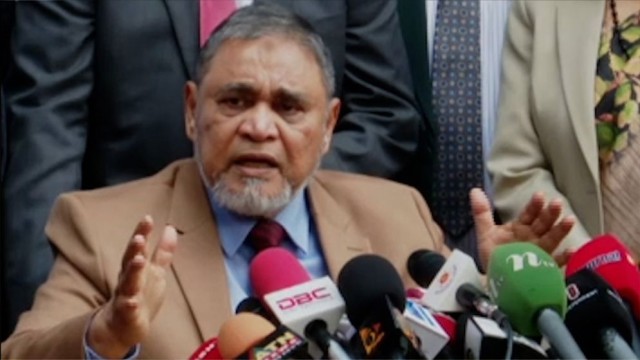

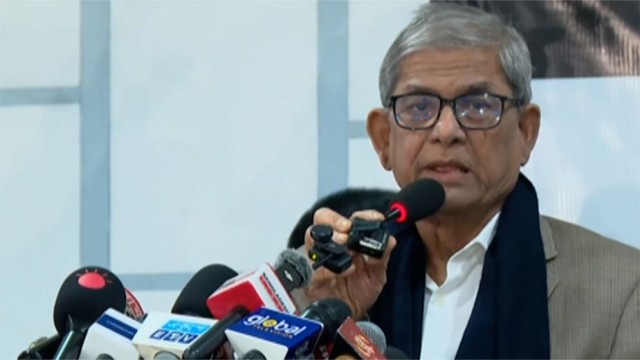
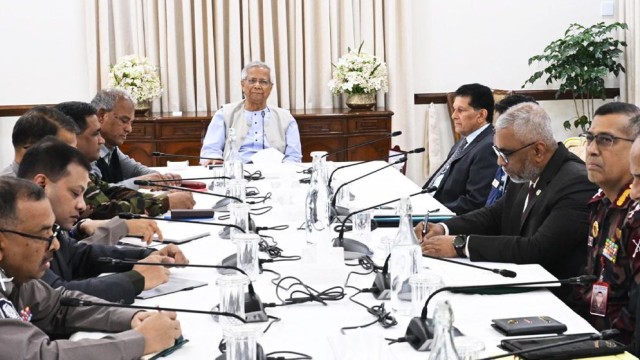

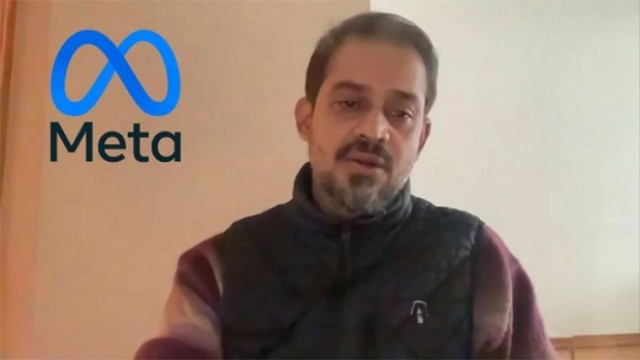
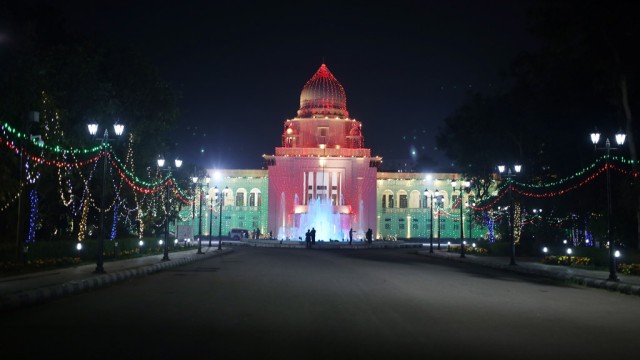
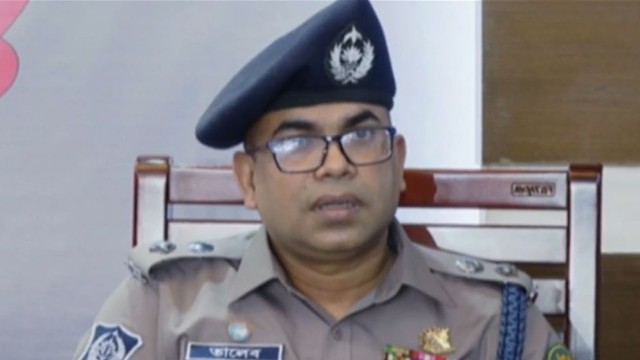


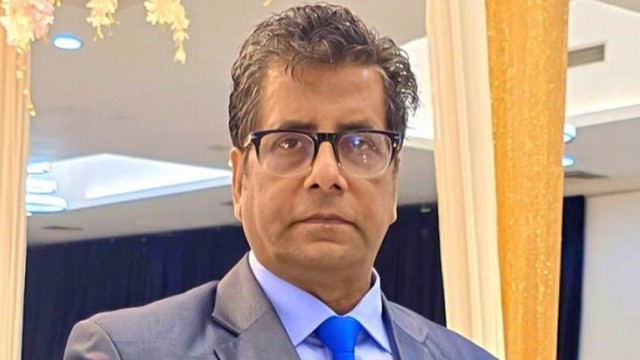
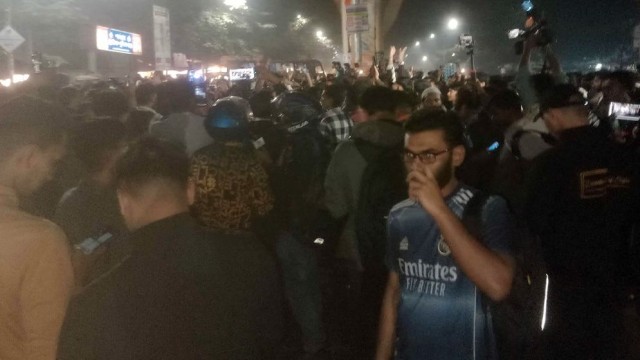
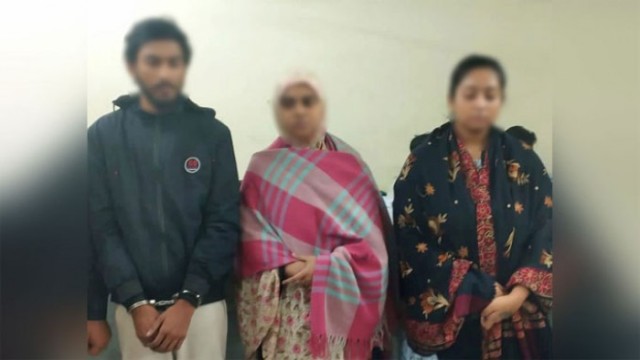
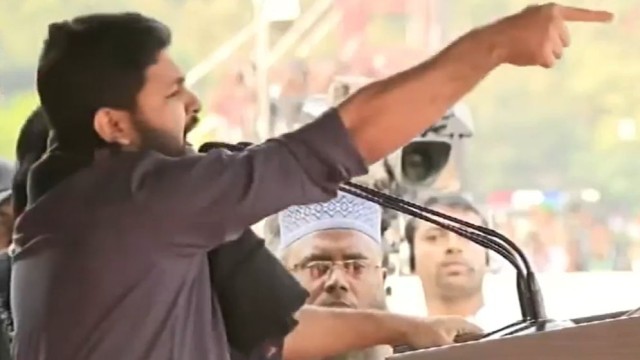
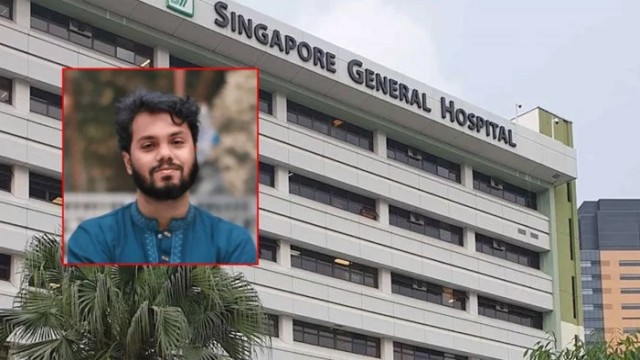
Comment: